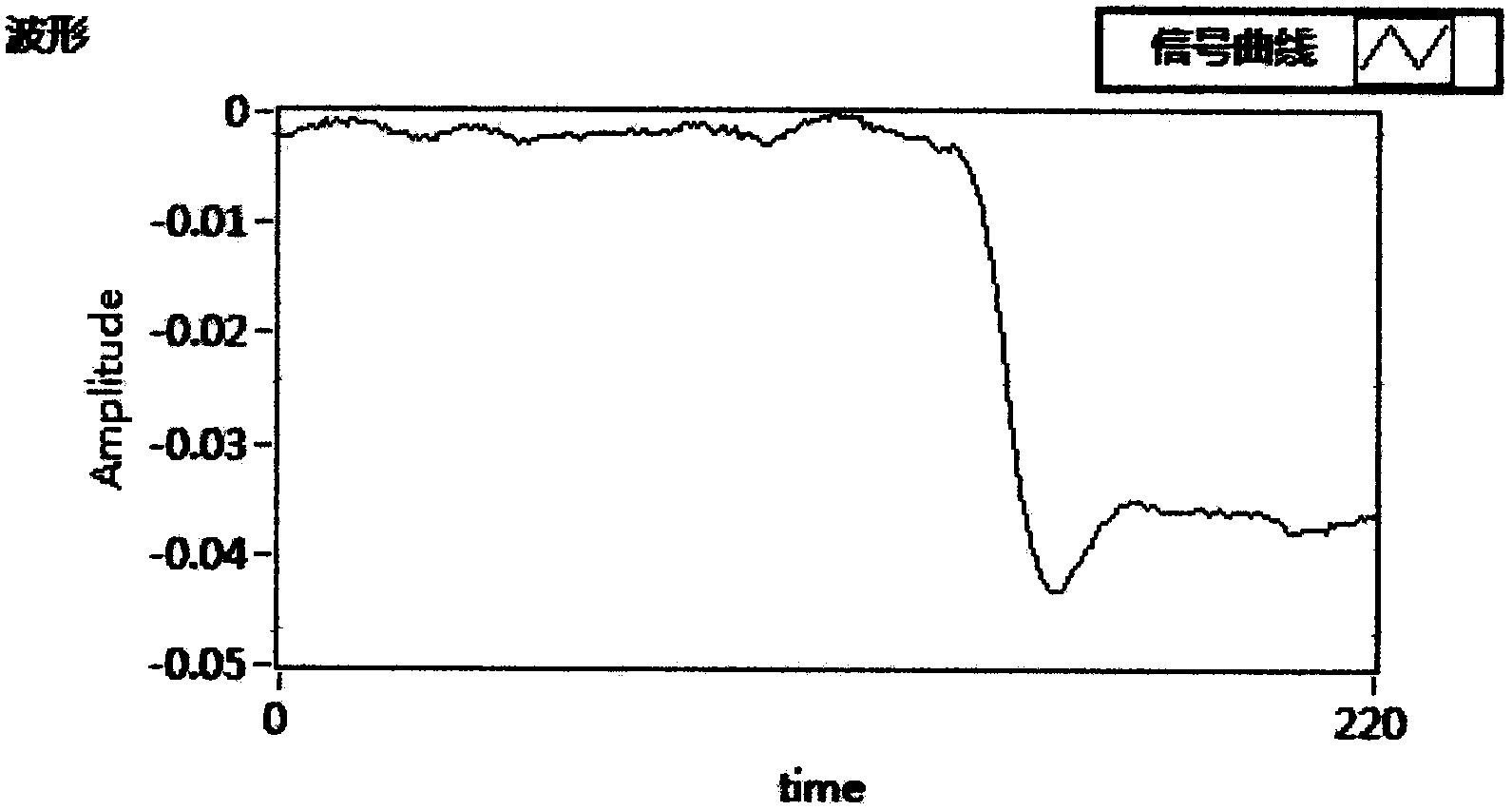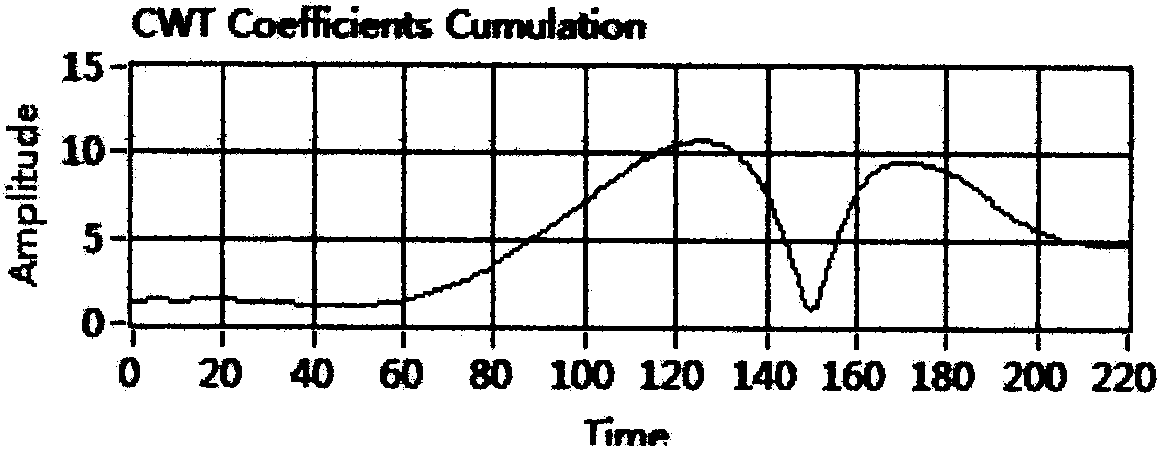Nuclide rapid identification method based on pattern recognition
A recognition method and pattern recognition technology, applied in the field of nuclear radiation detection, can solve the problems of increased measurement time, large investment, long measurement time, etc., and achieve the effect of shortening the measurement time
- Summary
- Abstract
- Description
- Claims
- Application Information
AI Technical Summary
Problems solved by technology
Method used
Image
Examples
Embodiment Construction
[0088] Now the present invention will be further described in conjunction with examples, and the source used when measuring the radiation pulse signal is Cs, Co and Eu as an example, and the present invention will be further elaborated:
[0089] Step 1: Data acquisition and preprocessing
[0090] Using the PCI-5122 data acquisition card of NI Company and the Cd(Zn)Te probe produced by Yiwei Company under the LabVIEW software environment, a dual-channel digital nuclear radiation measurement system was established. Research data collection and real-time data analysis algorithms to realize the collection, display, storage and preprocessing functions of nuclear radiation pulse signals. Figure 7 It is the waveform diagram of the collected gamma radiation pulse signal.
[0091] Step 2: Perform normal energy spectrum analysis on the three nuclides used in the experiment, and compare the different characteristic energies of the three nuclides and the percentages of their respective ...
PUM
 Login to View More
Login to View More Abstract
Description
Claims
Application Information
 Login to View More
Login to View More - R&D
- Intellectual Property
- Life Sciences
- Materials
- Tech Scout
- Unparalleled Data Quality
- Higher Quality Content
- 60% Fewer Hallucinations
Browse by: Latest US Patents, China's latest patents, Technical Efficacy Thesaurus, Application Domain, Technology Topic, Popular Technical Reports.
© 2025 PatSnap. All rights reserved.Legal|Privacy policy|Modern Slavery Act Transparency Statement|Sitemap|About US| Contact US: help@patsnap.com



